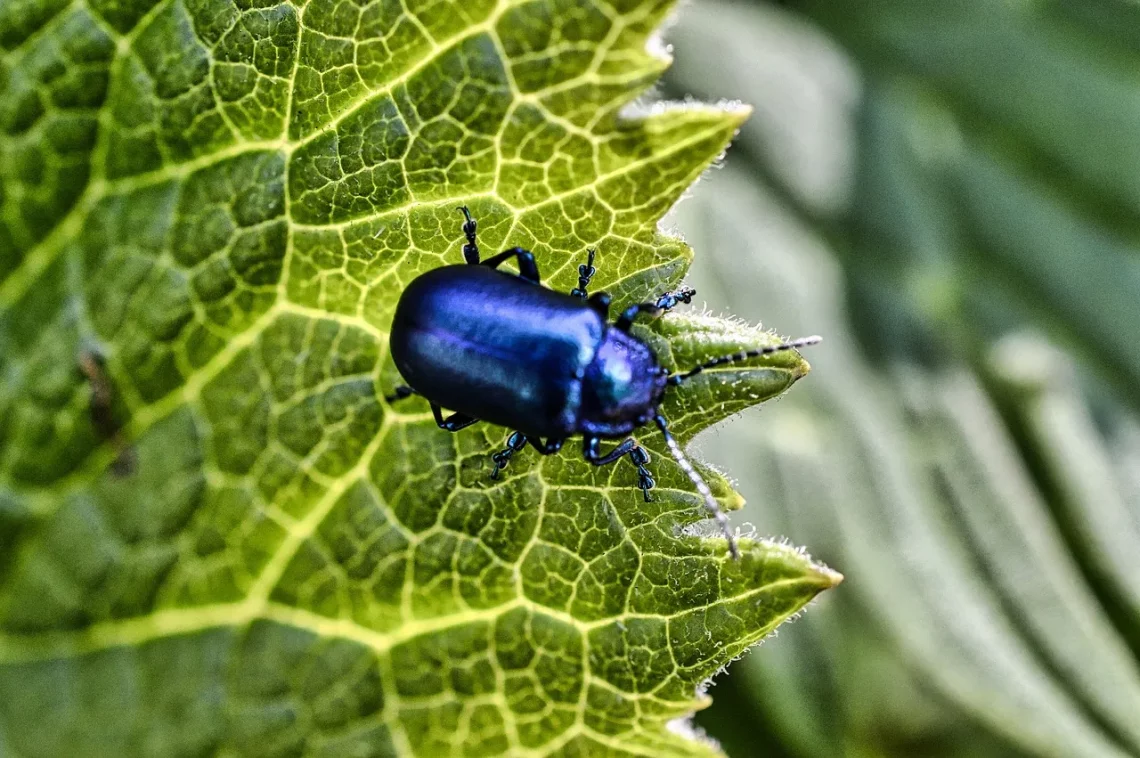
The Truth About Cockroach Bites: What You Need to Know
Cockroaches are among the most resilient creatures on the planet, thriving in various environments and often becoming unwelcome guests in our homes. These insects are not just a nuisance; they can evoke feelings of disgust and fear in many people. While most of us are aware of the dangers associated with cockroach infestations, such as the potential for spreading diseases, there is a lesser-known aspect that warrants attention: cockroach bites.
The mere thought of being bitten by a cockroach can be unsettling. However, understanding the behavior of these insects and the circumstances that lead to bites can provide valuable insights into this phenomenon. Cockroaches are typically scavengers, seeking food and shelter, and they tend to avoid contact with humans. Nevertheless, there are instances where bites may occur, particularly in specific environments or situations where these pests are prevalent.
In this article, we will delve into the truth about cockroach bites, exploring their causes, the symptoms they may produce, and the best practices for prevention and treatment. By shedding light on this often-overlooked topic, we aim to equip you with the knowledge necessary to address any concerns regarding these unwelcome insects and their potential impact on your health.
Understanding Cockroach Behavior and Biting Habits
Cockroaches are primarily nocturnal creatures, which means they are most active during the night. They are drawn to dark, damp areas and tend to hide in cracks and crevices during the day. This behavior is crucial for their survival, as it helps them avoid predators and human encounters. While cockroaches are not aggressive by nature, they may bite if they feel threatened or cornered.
Biting incidents are relatively rare, but they can happen under certain circumstances. For example, when a cockroach is disturbed or feels threatened, it may resort to biting as a defense mechanism. Additionally, cockroaches are often attracted to food residues and organic matter, which can lead them to come into contact with humans, especially in areas where food is present.
It’s important to note that cockroaches have mouthparts designed for chewing, which means their bites can be painful and may cause irritation. They are not typically interested in biting humans; rather, they may do so if they mistake a finger or exposed skin for food. In most cases, bites occur when individuals inadvertently disturb a cockroach during its search for food.
While the idea of a cockroach bite is unsettling, understanding their behavior can help alleviate anxiety. Maintaining cleanliness in your home and being aware of your surroundings can significantly reduce the likelihood of encounters with these pests.
Symptoms and Potential Health Risks of Cockroach Bites
When a cockroach bites, the symptoms can vary from person to person. Some individuals may experience mild irritation, while others may have a more pronounced reaction. Common symptoms of cockroach bites include redness, swelling, and itching at the site of the bite. In some cases, the bite may also lead to the formation of blisters or a rash.
While cockroach bites are not known to transmit diseases directly, they can pose health risks, particularly for individuals with compromised immune systems or those who are allergic to cockroach saliva or waste. In such cases, a bite may trigger allergic reactions, leading to more serious symptoms, including difficulty breathing, hives, or anaphylaxis.
Another concern is the potential for secondary infections. If a cockroach bite becomes infected due to scratching or improper care, it may require medical attention. Keeping the bite area clean and applying appropriate antiseptic can help reduce the risk of infection.
If you notice severe symptoms or an allergic reaction following a cockroach bite, it is essential to seek medical attention promptly. While most bites can be managed at home, understanding your body’s reactions is crucial in determining when professional help is needed.
Preventing Cockroach Infestations and Bites
Prevention is always better than cure, especially when it comes to cockroaches. The best way to avoid bites is to prevent infestations in the first place. Here are some effective strategies to keep these pests at bay:
1. **Maintain Cleanliness**: Regularly cleaning your home is one of the most effective ways to deter cockroaches. Make sure to wipe down surfaces, sweep floors, and eliminate food particles. Pay special attention to the kitchen, where food residues are most likely to attract these pests.
2. **Seal Entry Points**: Cockroaches can enter your home through small cracks and crevices. Inspect your home for any potential entry points and seal them with caulk or other appropriate materials. This includes gaps around windows, doors, and plumbing.
3. **Reduce Clutter**: Cockroaches thrive in cluttered environments where they can hide easily. Keeping your living space organized and minimizing clutter can significantly reduce the areas available for these insects to conceal themselves.
4. **Proper Food Storage**: Store food in airtight containers and avoid leaving pet food out overnight. This practice will minimize the availability of food sources for cockroaches, making your home less attractive to them.
5. **Regular Pest Control**: If you live in an area prone to cockroach infestations, consider scheduling regular pest control treatments. Professionals can help identify potential problem areas and implement strategies to keep your home pest-free.
Implementing these preventive measures can significantly reduce the risk of encountering cockroaches and, consequently, the possibility of bites.
Responding to a Cockroach Bite
If you find yourself on the receiving end of a cockroach bite, it’s important to know how to respond effectively. Here are some steps to take if bitten:
1. **Clean the Area**: Start by washing the bite area with soap and water to reduce the risk of infection. This step is crucial in preventing any pathogens from entering the body.
2. **Apply a Cold Compress**: To alleviate swelling and discomfort, apply a cold compress to the bite area. This can help numb the pain and reduce inflammation.
3. **Use Over-the-Counter Remedies**: Antihistamines or hydrocortisone cream can be applied to relieve itching and swelling. If the bite is particularly painful, over-the-counter pain relievers may also be beneficial.
4. **Monitor for Symptoms**: Keep an eye on the bite for any changes. If you notice increased redness, swelling, or pus, it may be a sign of infection, and you should consult a healthcare professional.
5. **Seek Medical Attention if Necessary**: If you experience severe symptoms, such as difficulty breathing, swelling of the face or throat, or a widespread rash, seek emergency medical care immediately.
Taking prompt action can help manage the discomfort associated with a cockroach bite and prevent further complications.
In conclusion, while cockroach bites are not common, understanding their causes and how to respond can help ease concerns and mitigate risks. Remember to maintain cleanliness and take preventive measures to keep your home cockroach-free.
**Disclaimer**: This article is for informational purposes only and does not constitute medical advice. For any health concerns or questions regarding bites, please consult a healthcare professional.




